Abstract Code: IUC24360-80
Second-line therapies of Metastatic Renal Cell Carcinoma (mRCC) after 1st line immune-combinations (ICI-combos) (Meet-URO 33 study)
D. Bimbatti 1, C. Messina 2, L. Bonomi 3, S. Scagliarini 4, S. Chiellino 5, B.A. Maiorano 6, F.M. Deppieri 7, A. Cavo 8, V. Conteduca 9, S.E. Rebuzzi 10
(1) Oncology 1 unit, IOV – Istituto Oncologico Veneto IRCCS, Padova, Italy – Italy, (2) Oncology Department, Ospedale Civico (A.R.N.A.S.), Palermo, Italy – Italy, (3) Department of Oncology and Hematology, ASST Papa Giovanni XXIII, Bergamo – Italy, (4) UOC di Oncologia, Azienda Ospedaliera di Rilievo Nazionale Cardarelli, Napoli – Italy, (5) Medical Oncology Unit, IRCCS Policlinico San Matteo, Pavia – Italy, (6) IRCCS Ospedale San Raffaele, Milano – Italy, (7) Ospedale dell’Angelo, AULSS 3 Serenissima, Mestre – Italy, (8) Oncology Unit, Villa Scassi Hospital, Genova – Italy, (9) Unit of Medical Oncology and Biomolecular Therapy, Department of Medical and Surgical Sciences, University of Foggia, Policlinico Riuniti, Foggia – Italy, (10) Medical Oncology Unit 2, Ospedale Molinette Azienda Ospedaliero-Universitaria Città della Salute e della Scienza di Torino, Torino – Italy
Davide Bimbatti, Carlo Messina, Lucia Bonomi, Sarah Scagliarini, Silvia Chiellino, Brigida Anna Maiorano, Filippo Maria Deppieri, Alessia Cavo, Vincenza Conteduca, Silvia Zai, Paolo Andrea Zucali, Martino Rabino, Francesca Vignani, Francesca La Russa, Claudia Mucciarini, Claudia Caserta, Federico Paolieri, Alessio Signori, Sara Elena Rebuzzi
Background: The treatment landscape of mRCC has deeply changed with the advent of 1st line immuno-combinations, but most patients inevitably progress. Unfortunately, no standard 2nd line is established, and the heterogeneity of the 1st line increases this treatment uncertainty. In this context, large-scale real-world evidence is increasingly needed.
Methods: The Meet-URO 33 is a multicentric prospective observational study enrolling mRCC patients receiving 1st-line systemic therapy. A retrospective cohort of patients treated from January 2021 was included. Analysis on the 2nd systemic treatment line was conducted.
Results: 1557 patients were enrolled from 52 centres, 407 (26%) started a 2nd line therapy, including 325 (80%) who received 1st line ICI-combos. According to the ICI-combo type, 36% of patients treated with Pembrolizumab + Axitinib, 32% with Nivolumab + Ipilimumab, 11% with Nivolumab + Cabozantinib and 9% with Pembrolizumab + Lenvatinib started a 2nd line therapy. Among progressed ICI-combos patients, 293 (90%) started TKI (mostly Cabozantinib), 25 (8%) drug combinations (mainly Lenvatinib + Everolimus/Belzutifan) and 7 (2%) experimental ICI. Particularly, among progressed IO-IO patients, 88% received TKI and 5% drug combinations, while among progressed IO-TKI patients 91% received TKI and 8% drug combinations. The multivariable analysis showed that younger and poorer Meet-URO score patients (< 0.05) received more 2nd-line drug combinations than TKI. In addition, 2nd line Cabozantinib after IO-TKI was associated with a modest and non-significant OS difference compared to after IO-IO (HR 0.78, 95% CI 0.53–1.15; p=0.20).
Conclusions: The Meet-URO 33 study showed a large-scale real-world evidence of 2nd-line therapies after 1st-line ICI-combos. The most frequent therapy is Cabozantinib, which showed OS effectiveness regardless of the type of 1st line ICI-combos, similarly to other evidence (e.g. CaboPoint and CARINA studies).
Drug combinations (Lenvatinib + Everolimus/Belzutifan) are rising as emerging therapies, especially in younger and prognostically unfavorable patients. Further survival and response analyses are planned.
